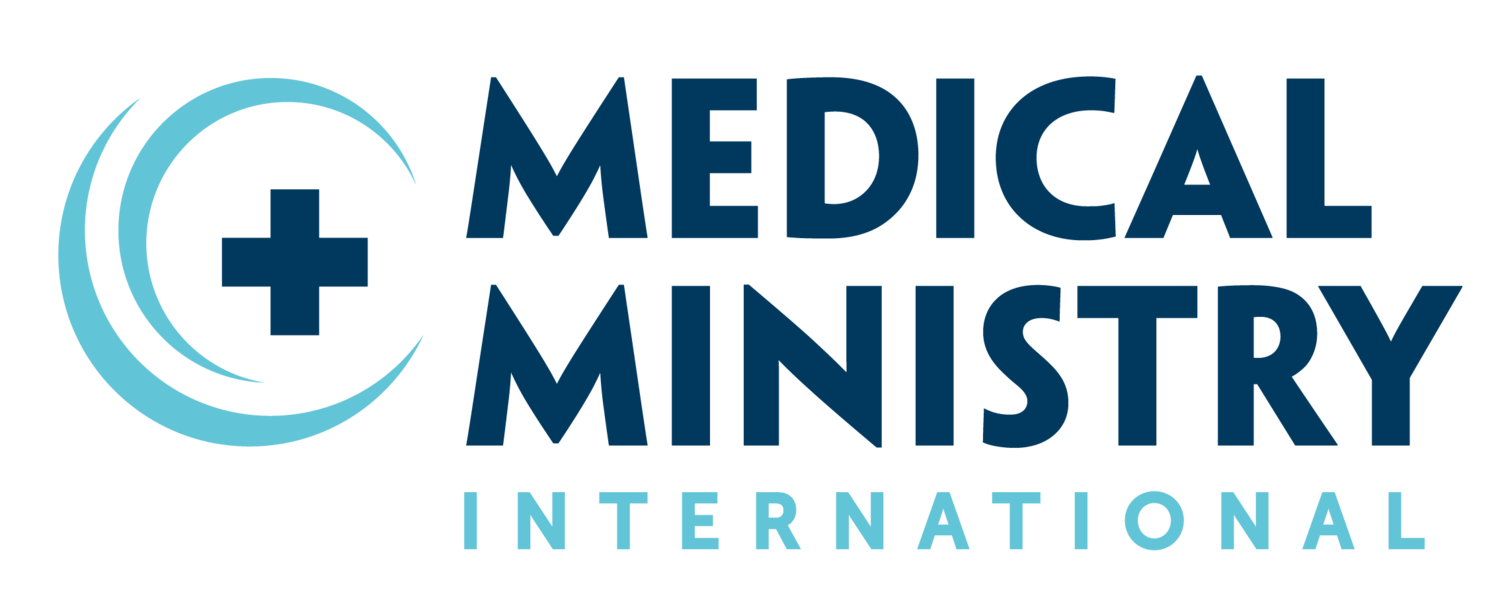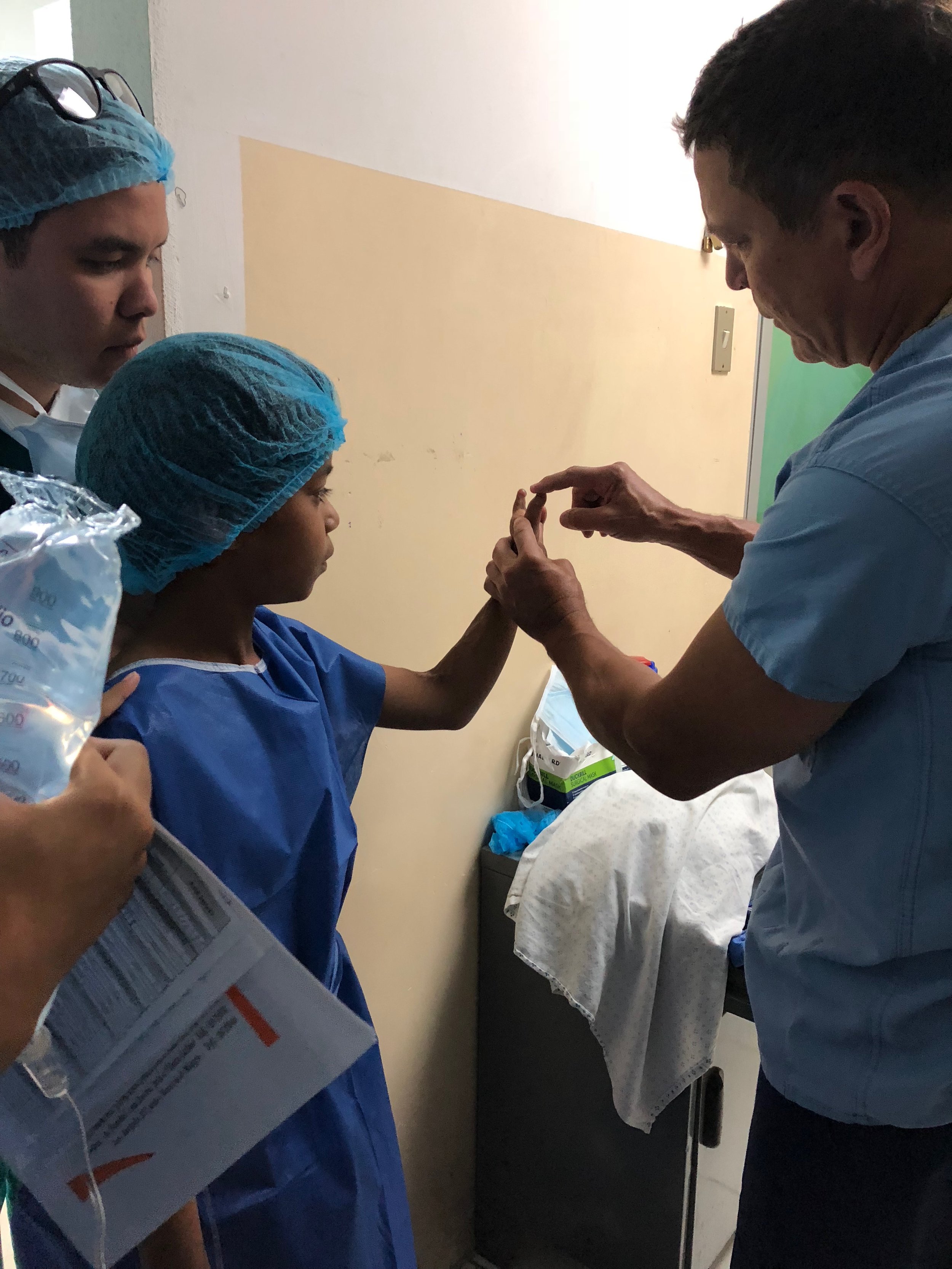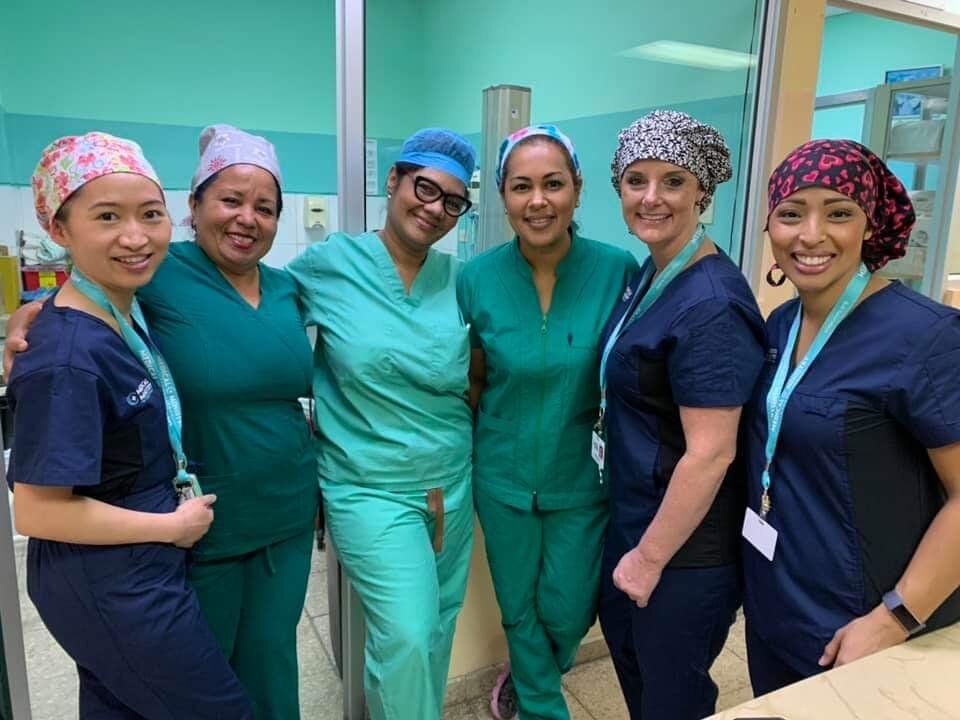Ambato
Ambato is a city called the "land of fruits and flowers" because you can find a huge variety of fruits and flowers around the year. This city is also famous for the handicrafts and leather factories. The Tungurahua volcano is visible from this city. Ambato is 30 min from Baños, Tungurahua.
San Pedro de Pelileo produces textiles and Salasaca woolen rugs and hangings. The surrounding area of Patate has a lush agricultural area producing avocados, tree tomatoes, grapes, mandarins, and limes.
* Project Description: The purpose of these projects are to provide Optometry, Dental, and General medical care to the people of the villages surrounding Ambato, including Pelileo. The teams work at local schools and churches in partnership with the municipality. Each day the team sets up a clinic with a triage area, consultation rooms, fluoride treatment area, pharmacy, and health education area. MMI Ecuador trains local leaders in different communities before the projects so that they can lead Integrated Health during the project, and can be a part of the service that is provided to their own community.
Elevation
2,500 m (8,202 ft.)
Climate
The weather is temperate-dry.

Baños
Baños de Agua Santa, commonly referred to as Baños, is a city in eastern Tungurahua Province in central Ecuador. Baños is the second most populated city in Tungurahua (after Ambato, the capital) and is a major tourist center.
Tungurahua just 180 km from Quito (the Capital of Ecuador). Baños is located in a valley with waterfalls and hot springs near the Tungurahua volcano with a height of 5016 meters.
There is a population of 18,000 people and it is known as the gateway to the Amazon rainforest. Visits can be made to nearby forest reserves deeper into the jungle, which is full of monkeys, birds, and tropical plants.
* Project Description: The purpose of these projects are to provide Optometry, Dental, and General medical care to the people of the villages surrounding Baños. The teams work at local schools and churches in partnership with the municipality. Each day the team sets up a clinic with a triage area, consultation rooms, fluoride treatment area, pharmacy, and health education area. MMI Ecuador trains local leaders in different communities before the projects so that they can lead Integrated Health during the project, and can be a part of the service that is provided to their own community.
Elevation
1,826 m (5,991 ft.)
Climate
On average, the temperatures are always high.
It can be windy and cool.

Cotacachi, Imbabura
Cotacachi is small village in the Imbabura province, around 15 km north of Otavalo and 25 km south-west from Ibarra. It is a famous for its leather work.
Many of the patients you will see (Ethnic groups include Mestizo, Indigenous, and Afro-Ecuadorians) do not receive regular medical and dental care. For this reason, you are likely to see all sorts of health problems. Common complaints include gastritis, arthritis pain, lower back pain, skin problems, and dehydration. Spanish is a second language for some of the patients you will meet, otherwise they will usually speak an indigenous dialect or language. Interpreters will be available on these projects.
* Project Description: The teams are always busy and work at local schools and churches in partnership with the municipality. Each day teams set up clinics with a triage area, consultation rooms, fluoride treatment area, pharmacy, and health education area. Teams work in a different community each day, providing health care to those who have little or no regular access to it. Teams often travel to a different village every day by bus.
Elevation
2,438 m (8,000 ft.)
Climate
Most rainfall is seen in February, March, April and October. These months make up the "rainy season."

Latacunga
Latacunga is located around the Cotopaxi volcano with a beautiful view of the volcano, trees, and mountains. We have an amazing lake called Quilotoa. 70% of population are Indigenous (Sunbahuas and Tiguas).
Spanish is a second language for some of the patients you will meet. Some may just speak an indigenous dialect or language. Interpreters will be available on this project.
* Project Description: The purpose of these projects are to provide Optometry, Dental, and General medical care to the people of the villages surrounding Latacunga. MMI Ecuador trains local leaders in different communities before the projects so that they can lead Integrated Health during the project, and can be a part of the service that is provided to their own community.
Elevation
2,760 ft (9,055 m)
Climate
The weather is dry and cold.
Most rainfall (rainy season) is seen in February, March, April and October.

Otavalo
Otavalo is in the northern area of Ecuador just two hours outside of Quito. The population is around 39.354 inhabitants. Most of the population is from the Otavalo indigenous groups. Many people are involved in weaving textiles which are sold at a large market. Farming is another popular career due to the volcanic soil. The town is surrounded by various mountain and volcano peaks. The annual temperature is 11C with the rainy season occurring from Jan to May. The dry season is from June to December. There are 18 health clinics in the area but many of them are fairly run down. In the area, there is a lack of knowledge regarding proper nutrition and water purification.
The project will involve going to many of the poor villages surrounding the Otavalo area and providing triage areas, consult rooms, fluoride treatments, pharmacy rooms and Health Education areas.
Project Description: The purpose of these projects are to provide Optometry, Dental, and General medical care to the people of the villages surrounding Otavalo. The teams work at local schools and churches in partnership with the municipality. Each day the team sets up a clinic with a triage area, consultation rooms, fluoride treatment area, pharmacy, and health education area. MMI Ecuador trains local leaders in different communities before the projects so that they can lead Integrated Health during the project, and can be a part of the service that is provided to their own community.
Elevation
8307ft (2532m)
Climate
The climate is moderate throughout the whole year with a rainy season from Jan to May and a dry season from June to December.
Sangolquí-Pintag
Sangolquí is located in the Chillos Valley, just south of the equator and 35 km east of Quito. Travel to the center of Quito takes about 1 hour.
Sangolquí was founded by the Spanish on the site of a pre-Columbian settlement. It was named after a prominent indigenous leader and developed as a centre for agricultural and textile production. Agriculture remains an important activity in the Valley and producers sell vegetables, grain, and other local products. The city is surrounded by many poor villages without much access to healthcare. They don´t have access to safe water.
* Project Description:These projects are intended to provide medical/dental/eye care and preventive care in rural areas of the county where access is very limited. We will also help build capacity in this community by training those who partner with us on the field. The kind of training done will be related to the identified needs of the communities. These trainings are always very well received by the medical personnel in the area. The Integrated Health component will include discussions about hygiene, preventing the spread of germs, dental health, and preventing dehydration.
Many of the patients you will see do not receive regular medical and dental care. For this reason, you will see a variety of health problems. Common complaints include gastritis, arthritis pain, lower back pain, skin problems, and dehydration.
Elevation
9,848 ft (3,002 m)
Climate
Most rainfall (rainy season) is seen in February, March, April and October.
The temperature during the day is between 60 degrees F and 80 degrees F. At night it may dip down into the 40 s and 50 s

San Cristóbal, Galápagos Islands
San Cristóbal is the easternmost island in the Galápagos archipelago, as well as one of the oldest geologically. San Cristobal Island is composed of three or four fused volcanoes, all extinct. This island hosts frigatebirds, Galápagos sea lions, Galápagos tortoises, blue and red footed boobies, tropicbirds, marine iguanas, dolphins and swallow-tailed gulls. Its vegetation includes Calandrinia galapagosa, Lecocarpus darwinii, trees such as Lignum vitae, Matazarna. In the waters nearby are sharks, rays, and lobsters. The majority of inhabitants make their living in government, tourism, and fishing.
* Project Description: The Galápagos Projects are intended to provide Primary, Dental, and Surgical Care to those from surrounding areas with limited or no access to those kinds of services. We will also help build capacity in this community by training those who partner with us on the field. The kind of training done will be related to the identified needs of the communities. These trainings are always very well received by the medical personnel in the area.
Elevation
Highest point: 730 m (2,400 ft)
Climate
On average, the temperatures are always high.
A lot of rain occurs in the months of January, February, March and April; the rainy season.
Has dry periods in July, August, September, October and November; the dry season.

Santa Cruz, Galápagos Islands
Santa Cruz is an island in Ecuador’s Galápagos National Park. It’s known for the Charles Darwin Foundation, the Galápagos National Park, and beautiful sandy beaches like El Garrapatero. Situated in the center of the archipelago, Santa Cruz is the second largest island after Isabela. Its capital is Puerto Ayora, the most populated urban centre in the islands. On Santa Cruz there are some small villages, whose inhabitants work in agriculture and cattle raising. This island is a large dormant volcano. It is estimated that the last eruptions occurred around a million and a half years ago. There is a gigantic lava tunnel that is over 2000 meters long on the island that many tourists visit and walk through.
* Project Description: The Galápagos Projects are intended to provide Primary, Dental, and Surgical Care to those from surrounding areas with limited or no access to those kinds of services. We will also help build capacity in this community by training those who partner with us on the field. The kind of training done will be related to the identified needs of the communities. These trainings are always very well received by the medical personnel in the area.
Elevation
Highest point: 864.5 m (2,836 ft)
Climate
On average, the temperatures are always high.
A lot of rain occurs in the months of January, February, March and April; the rainy season.
Has dry periods in July, August, September, October and November; the dry season.

Tena/Misahuallí
Tena, the capital of the Napo Province, is a city in the Amazon rainforest. Known as the “cinnamon capital" of Ecuador and founded by missionary explorers, Tena has emerged as a major commercial center of Ecuador.
Where the Tena and Pano rivers meet, in the center of town lies a popular pedestrian bridge, "el puente peatonal". The rivers merge to become the Tena River, which soon joins with the Misahuallí and eventually flows into the Napo River. The Napo winds its way south into Peru, and is in effect the 9th largest tributary to the Amazon River. Tena is surrounded by forested hills and is located at the edge of the Andes, which are visible to the west. Tena is a popular launching point for jungle, kayaking, and rafting tours.
Misahuallí is a bustling and somewhat remote port at the juncture of the rivers Napo and Misahuallí. The village was the original Ecuadorian jungle tourist outpost, and after dozens of years and despite the entrance of Tena and other jungle towns into the tourism market, is still a popular starting point for jungle tours and canoe trips.
* Project Description: Teams usually work in a different community each day. These communities will average 25-45 minutes distance by bus on rough roads. The teams set up mobile clinics in local schools and churches in partnership with the municipality with a triage area, consultations rooms, a fluoride treatment area, a pharmacy room, and a health education area.
Elevation
598 m (1,962 ft)
Climate
The average March temperature ranges from a high of 16oC (61oF) to a low of 13oC (55oF). It is a rain forest so we can count on rain at some point each day, and often it rains at night. The roads to the small villages are rough and they will be muddy because of the rain. It can also be cold and windy at times. There is rainfall year-round, with an annual average of 171.65 inches (4,359.91 mm). The heaviest rains come in April, May, and June.

















